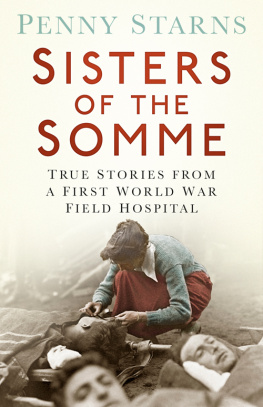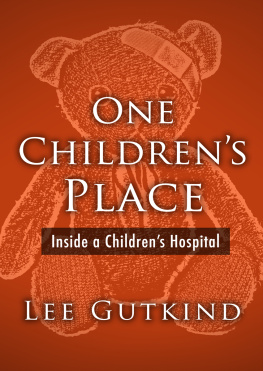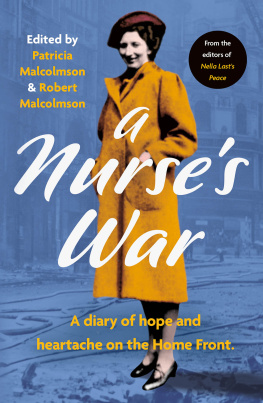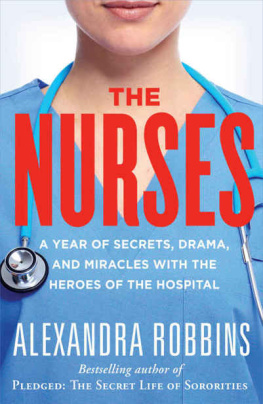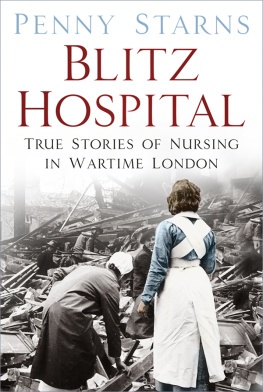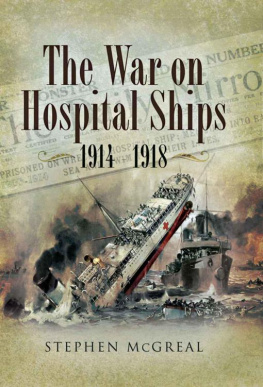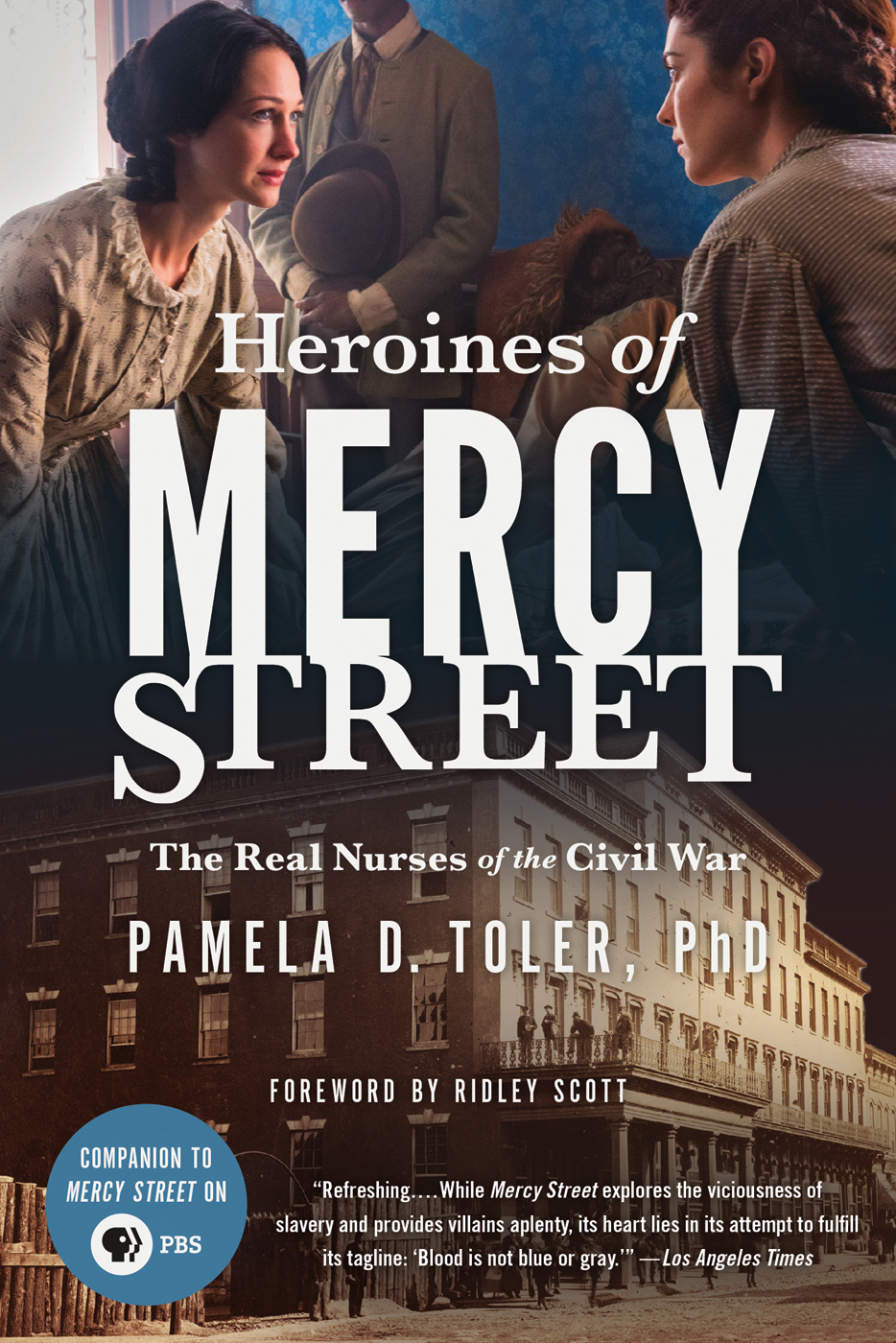Thank you for buying this ebook, published by HachetteDigital.
To receive special offers, bonus content, and news about ourlatest ebooks and apps, sign up for our newsletters.
Copyright 2016 by PBS
Cover design by Lauren Harms; set photo, Anthony Platt; photograph of Mansion House, Alexandria Virginia, Library of Congress Prints and Photographs Division
Cover copyright 2016 Hachette Book Group, Inc.
Hachette Book Group supports the right to free expression and the value of copyright. The purpose of copyright is to encourage writers and artists to produce the creative works that enrich our culture.
The scanning, uploading, and distribution of this book without permission is a theft of the authors intellectual property. If you would like permission to use material from the book (other than for review purposes), please contact permissions@hbgusa.com. Thank you for your support of the authors rights.
Little, Brown and Company
Hachette Book Group
1290 Avenue of the Americas, New York, NY 10104
littlebrown.com
twitter.com/littlebrown
facebook.com/littlebrownandcompany
First ebook edition: February 2016
Little, Brown and Company is a division of Hachette Book Group, Inc. The Little, Brown name and logo are trademarks of Hachette Book Group, Inc.
The publisher is not responsible for websites (or their content) that are not owned by the publisher.
The Hachette Speakers Bureau provides a wide range of authors for speaking events. To find out more, go to hachettespeakersbureau.com or call (866) 376-6591.
Produced in collaboration with Booktrix
ISBN 978-0-316-39205-1
E3-20161122-JV-PC
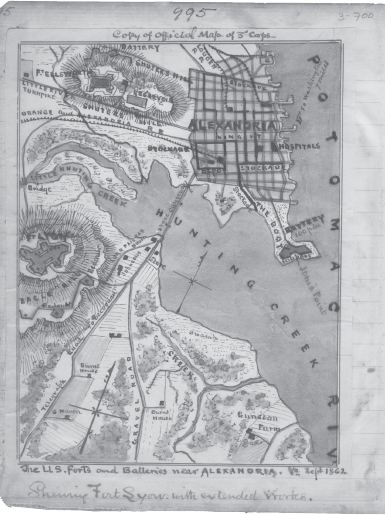
Map of military installations around Alexandria, Virginia, in September 1862, from the Civil War memoir of Union soldier Robert Knox Sneden, whose 500 watercolors, maps and drawings are the largest collection of soldier art to survive the war.
Library of Congress, Geography and Map Division/Virginia Historical Society, Richmond, VA
T he Civil War lives on in our imagination as a series of black and white photographs; stoic young men in uniform, fields strewn with bloated corpses, the smoldering ruins of a once proud city. It is a silent, static world, as if stilled by tragedy. But if our modern world is anything to judge by, war is vivid, chaotic, and noisy. It is above all a human experience filled with passion, tragedy, heroism, despair, and even, at times, unexpected humor. That is the story we went looking for.
The series Mercy Street was largely inspired by the memoirs of doctors and female volunteer nurses who were in many ways the unsung heroes of the Civil War. For every soldier wounded in battle, there were dozens of caregivers behind the front lines selflessly trying to repair the physical and psychological damage. That job was all the harder during the Civil War because medical science was in its infancy and nursing was relegated to convalescing male soldiers who were, for the most part, untrained, unsympathetic, and far from gentle. Female volunteers were initially unwelcome in Army hospitals, and yet they were sorely needed. Where medicine fell short, sympathy and a friendly face (as our Emma Green explains) made an enormous difference, even if it was simply to help a dying soldier find peace of mind.
Mary Phinney, Baroness Von Olnhausen, was a historical figure. Her memoir provided an ideal setting for our series: the dysfunctional world of Mansion House Hospital in Union-occupied Alexandria, Virginia. Mary wrote about the place with so much detail and wit that it needed little embellishment. Most of our hospital characters are based on the people she described: the cranky chief, the empathetic chaplain, the corrupt steward, and the long-suffering matron. Our Mary is very close to the real Mary with a few added attributes borrowed from another woman we admire, Louisa May Alcott. Louisa worked as a nurse during the war and wrote a book called Hospital Sketches based on her experiences. Her ability to balance drama with humor inspired us to do the same. We also gave our character her Concord roots, abolitionist politics, and feminist views.
Marys rival, Anne Hastings, is based on Anne Reading, an English nurse trained by Florence Nightingale during the Crimean War. Her memoir reveals an independent woman defined by her vocation. It must have taken exceptional courage to travel across the Atlantic to volunteer in a war in which she had no stake. She was truly one of the first professional nurses, someone whose primary goal was helping others and not simply doing her patriotic duty. However, some of Annes quirks and vices also find their way into our characterization.
The Emma Green character in our story is initially drawn to nursing as a way to help wounded compatriots and rebel against her parents, but she soon discovers a greater purpose. Her personality is drawn from accounts written by Confederate nurses like Kate Cummings and Sarah Morgan. The real Emma Green did not volunteer as a nurse, as far as we can tell. What we do know is that her father, a successful businessman and Southern loyalist, owned Mansion House Hotel and that she and part of her family remained in Alexandria throughout the war, living right beside the hospital.
Where the written record falls short we have filled in the blanks with the help of historians and our imagination. Our series is fiction after all, and we must thank the ladies of Mansion House Hospital and the thousands of women who volunteered during the war, be they Union or Confederate, white or black, for inspiring us with their remarkable stories.
Ridley Scott, Executive Producer, Mercy Street
I t is impossible to fully understand the American Civil War without looking at the role of medicine, both its triumphs and its failures. The death toll was high at more than twice the number of American soldiers who died in World War II. The new mass-produced weapons of the industrial age created mass-produced deaths on the battlefield, but even the new Gatling guns and rifled muskets could not compete with older killers: gangrene, typhoid, pneumonia, yellow fever, malaria, and dysentery. Disease counted for two-thirds of all Civil War deaths.
When the war started in 1861, the Union armys Medical Bureaumade up of thirty surgeons, eighty-six assistant surgeons, and a surgeon general who was a veteran of the War of 1812 and took office in 1836 under the administration of Andrew Jacksonwas unprepared for the carnage that would follow. American medicine in general wasnt up to the task.
Europe was in the midst of a medical revolution, based on the application of scientific techniques of observation and measurement to medical questions. New instruments, such as the stethoscope (1816), the laryngoscope (1854), and the ophthalmoscope (1851), allowed physicians the opportunity to study a disease the same way the periods naturalists studied the structure of plants and minerals. In France, unfettered access to corpses for dissection gave doctors a more profound understanding of the relationship between nerves, muscles, organs, blood vessels, and bones in the human body. Medical scientists like Xavier Bichat and Pierre Louis supplanted the old medical theories of humors and temperaments with new ideas about how diseases workedthe first steps toward the development of the germ theory of disease. In England, physicians moved the techniques of observation and measurement beyond the human body to track the progress of a disease through a population, demonstrating the correlation between infected water and illnesses like cholera and typhoid. In the ten years following the Civil War, Joseph Lister would introduce carbolic acid as the first antiseptic, Louis Pasteur would pioneer the germ theory of disease and lay the foundations of the study of epidemiology, and Sir Thomas Allbutt would invent the first clinical thermometera revolutionary tool in light of how many deadly diseases initially manifest themselves as fever. But none of that was available to Civil War doctors and their patients.


